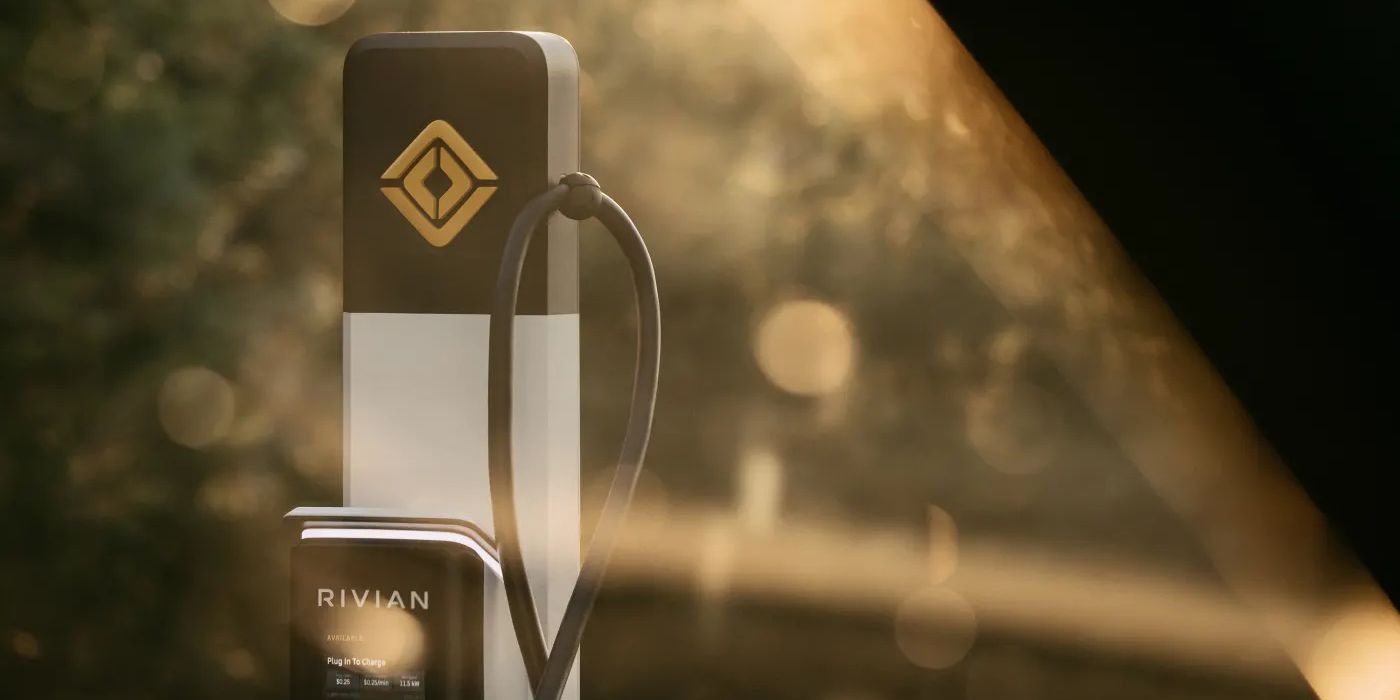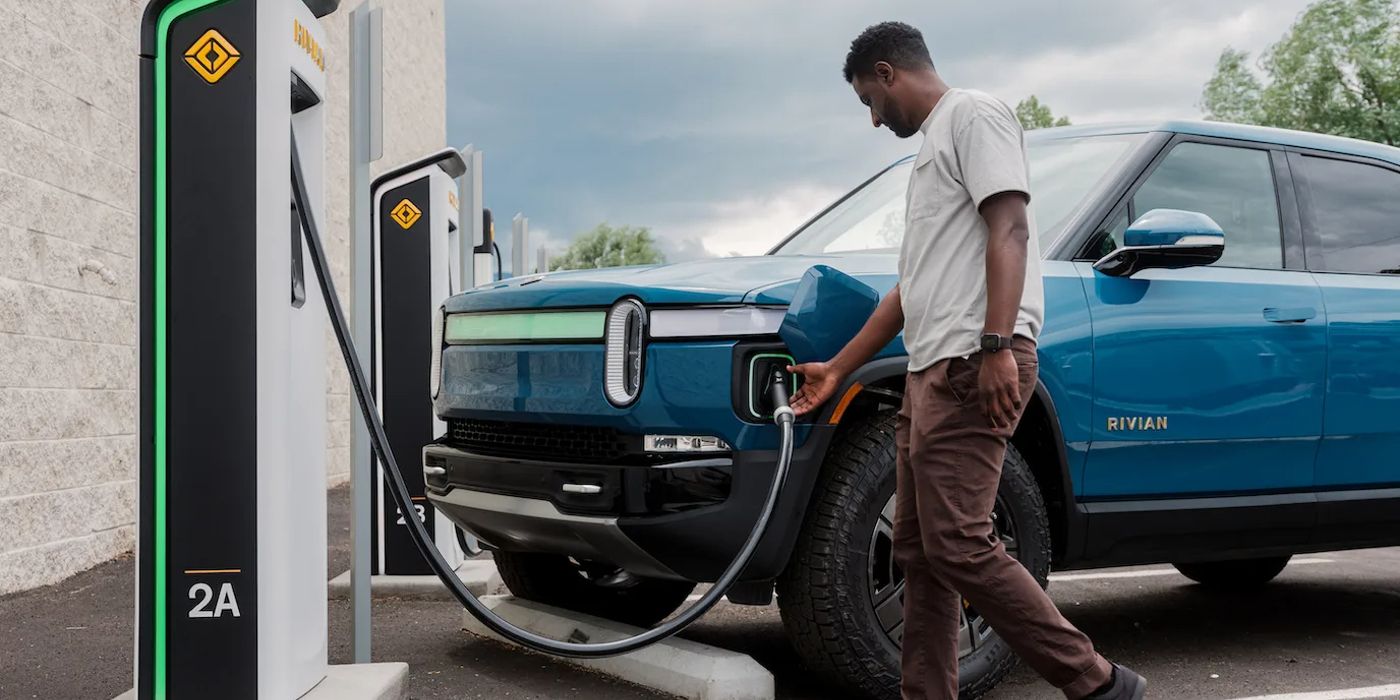The Rivian R1S's release into the electric vehicle market provides consumers the chance to experience an improved off-road experience, and while this feature increases the electric SUV's appeal, how many charging options does the R1S support? In a market teeming with many electric models, the R1S is expected to stand out from the crowd. This is mainly because of the successes earned from introducing Rivan's electric adventure truck, the R1T. However, how does the R1S compare to competitors like the Audi e-tron and BMW iX regarding charging?
The transition to electric motors from internal combustion engines is still one that many people are getting used to. In a survey, a handful of respondents claimed they aren't eager to go electric. While cost ranked higher than the other reasons, many respondents said they didn't want to worry about how and where to change their EVs. This worry stems from the lack of an extensive network of charging stations. Fortunately, current U.S. government policies aim to build a sustainable network that'll complement its 2030 vision of full transport electrification. Aside from the obvious environmental benefits, buying EVs makes people eligible for EV incentives like the $7,500 Federal tax credit. While some automakers like Tesla and Toyota no longer qualify for that credit, a new Senate bill could see that privilege return.
When it comes to EV charging, intending buyers need to know some things to know what to expect before ordering their desired model. Some EVs aren't compatible with all public charging stations, which gives drivers fewer options from an already small network. Additionally, home charging is typically done using a Level 1 charger, rated at 120V. That's the slowest form of charging and adds a few miles of range every hour. Usually, a whole night is needed to achieve full-charge status. However, upgrading to a Level 2 (240V) cable significantly decreases the wait time and adds more range. DC fast charging is the best way to get more range within minutes, though this method is exclusive to private charging networks like Electrify America, ChargePoint, and so on. A typical EV supports home and public charging, and the Rivian R1S isn't any different.
Home And Public Charging Explained
While the R1S offers an admirable range of between 260 and 320+ miles, depending on trim, Rivian has made several options available to ease charging the R1S at home or on the go. Upon purchase of the EV, buyers get an 18-inch weatherproof mobile water built to support charging at 120V or 240V, depending on the user's preferences. The 240V outlet adds 16 miles of range per hour, while the 120V outlet is much slower and adds fewer miles. Meanwhile, if drivers want to get more miles in less time, the Rivian Wall Charger is available. The wall charger can add up to 25 miles per hour and also provide regular OTA updates using its Wi-Fi connectivity. The charger can be installed inside or outside, a major selling point being the ability to endure different weather conditions.
For public charging, Rivian has invested heavily in the construction of a wide DC fast charger network of over 3,500 fast chargers. Dubbed Rivian Adventure Network, the chargers will be placed along both prominent and remote routes. Any of these chargers can add up to 140 miles of range within 20 minutes, allowing drivers to enjoy uninterrupted driving. This network will be available for Rivian owners only. Also, thousands of Level 2 Waypoint chargers are being installed in the U.S. and Canada, providing users with 25 miles of range every hour. Unlike the Rivian Adventure Network, anyone with the J1772 plug can use any Waypoint chargers.
Source: Rivian


